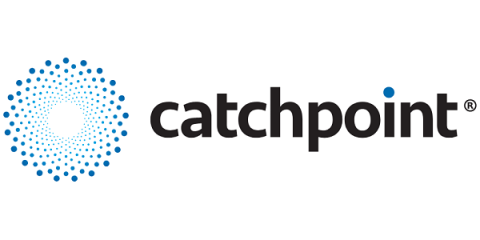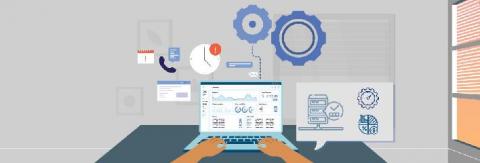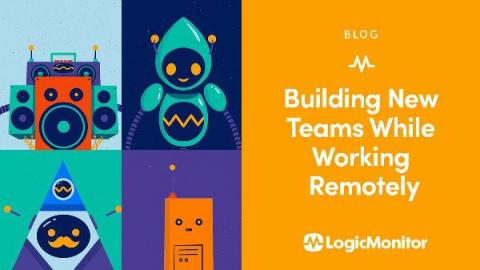Operations | Monitoring | ITSM | DevOps | Cloud
Latest News
4 ways to use Catchpoint to drive remote workforce productivity
IT professionals are now adapting to a remote environment and learning to manage a distributed, homebound workforce. From a technical standpoint, the process of setting up a remote workforce is well-known. For this blog post let’s dive into one step of the process, which is arguably the most important, user experience monitoring.
How to Run a Successful Remote SaaS Operations Team
This article was originally published in New Stack. More and more companies have gone remote with surprising benefits — a trend that has been building for years. A survey by Global Workplace Analytics and FlexJobs indicates that remote work has grown 91% over the last 10 years, and 159% over the last 15 years. The COVID-19 pandemic has elevated the relevance of remote work (including remote IT operations) to a new level.
Managing IT Risk When Everyone's Working Remote
Remote pair programming? Oh yes, you can
Building New Teams While Working Remotely
2020 has been a year of challenges, and across all industries, companies are working hard and fast to remain efficient in the face of a new normal. Now that hiring freezes are slowly thawing out, many companies are starting to hire new people virtually and want to create remote cohesion between new and existing teammates. The lack of physical proximity means your team will need to ramp up on communication, transparency, and accountability.
Digital Experience Monitoring for Remote Teams - Featuring Insights from Forrester
IT teams face many visibility challenges due to the massive shift to remote work due to the Coronavirus outbreak. This includes the variability of home network environments, reliance on SaaS and cloud applications, the unpredictability of Internet transport, and higher congestion than ever before. How do you overcome these monitoring challenges?
Splunk Remote Work Insights: Expanding Insights into Video Conferencing Operations
Since we launched Splunk Remote Work Insights (RWI) in late March, we have been focused on helping our customers and the community understand how their workforce is staying connected, productive and engaged as we all continue to work across largely distributed teams.
Survey: Remote Work Leads to Increase in Security Issues
Over the past several months, the world has changed as we know it. The COVID-19 pandemic has transformed the way many companies do business, with more virtual events, video calls, and curbside pickups than ever before. Although challenging at times—we miss attending live events and other social activities—this pandemic has forced many companies to think outside of the box. The traditional ways of doing business were no longer feasible or even legal in some cases.
Remote Work: What's Next?
Are you a remote worker, office worker, or both right now? What does your back-to-the-office look like? Will you still be a remote worker in July or September or January of 2021? If you have lost track of time, January 2021 is only six months away. There are many unknowns and in-betweens right now. Lots of questions, not many answers. How should your business prepare? The best way out is through as the saying goes—so, let's go through it.










